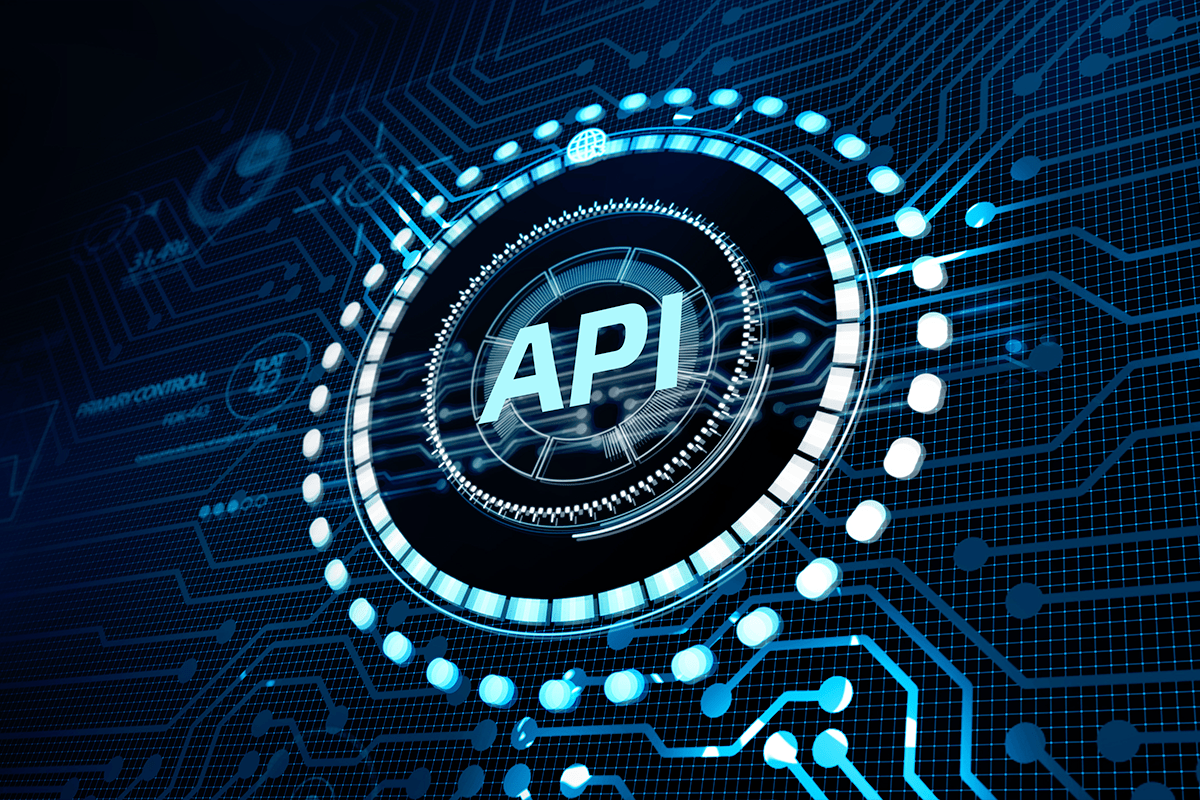Large language models hold a lot of power to improve your customer experience and make your agents more effective, but they won’t do you much good if you don’t have a way to actually access them.
This is where application programming interfaces (APIs) come into play. If you want to leverage LLMs, you’ll either have to build one in-house, use an AI API deployment to interact with an external model, or go with a customer-centric AI for CX platform. The latter choice is most ideal because it offers a guided building environment that removes complexity while providing the tools you need for scalability, observability, hallucination prevention, and more.
From a cost and ease-of-use perspective this third option is almost always best, but there are many misconceptions that could potentially stand in the way of AI API adoption.
In fact, a stronger claim is warranted: to maximize AI API effectiveness, you need a platform to orchestrate between AI, your business logic, and the rest of your CX stack.
Otherwise, it’s useless.
This article aims to bridge the gap between what CX leaders might think is required to integrate a platform, and what’s actually involved. By the end, you’ll understand what APIs are, their role in personalization and scalability, and why they work best in the context of a customer-centric AI for CX platform.
How APIs Facilitate Access to AI Capabilities
Let’s start by defining an API. As the name suggests, APIs are essentially structured protocols that allow two systems (“applications”) to communicate with one another (“interface”). For instance, if you’re using a third-party CRM to track your contacts, you’ll probably update it through an API.
All the well-known foundation model providers (e.g., OpenAI, Anthropic, etc.) have a real-world AI API implementation that allows you to use their service. For an AI API practical example, let’s look at OpenAI’s documentation:

(Let’s take a second to understand what we’re looking at. Don’t worry – we’ll break it down for you. Understanding the basics will give you a sense for what your engineers will be doing.)
The top line points us to a URL where we can access OpenAI’s models, and the next three lines require us to pass in an API key (which is kind of like a password giving access to the platform), our organization ID (a unique designator for our particular company, not unlike a username), and a project ID (a way to refer to this specific project, useful if you’re working on a few different projects at once).
This is only one example, but you can reasonably assume that most protocols built according to AI API best practices will have a similar structure.
This alone isn’t enough to support most AI API use cases, but it illustrates the key takeaway of this section: APIs are attractive because they make it easy to access the capabilities of LLMs without needing to manage them on your own infrastructure, though they’re still best when used as part of a move to a customer-centric AI orchestration platform.
How Do APIs Facilitate Customer Support AI Assistants?
It’s good to understand what APIs are used for in AI assistants. It’s pretty straightforward—here’s the bulk of it:
- Personalizing customer communications: One of the most exciting real-world benefits of AI is that it enables personalization at scale because you can integrate an LLM with trusted systems containing customer profiles, transaction data, etc., which can be incorporated into a model’s reply. So, for example, when a customer asks for shipping information, you’re not limited to generic responses like “your item will be shipped within 3 days of your order date.” Instead, you can take a more customer-centric approach and offer specific details, such as, “The order for your new couch was placed on Monday, and will be sent out on Wednesday. According to your location, we expect that it’ll arrive by Friday. Would you like to select a delivery window or upgrade to white glove service?”
- Improving response quality: Generative AI is plagued by a tendency to fabricate information. With an AI API, work can be decomposed into smaller, concrete tasks before being passed to an LLM, which improves performance. You can also do other things to get better outputs, such as create bespoke modifications of the prompt that change the model’s tone, the length of its reply, etc.
- Scalability and flexibility in deployment: A good customer-centric, AI-for-CX platform will offer volume-based pricing, meaning you can scale up or down as needed. If customer issues are coming in thick and fast (such as might occur during a new product release, or over a holiday), just keep passing them to the API while paying a bit more for the increased load; if things are quiet because it’s 2 a.m., the API just sits there, waiting to spring into action when required and costing you very little.
- Analyzing customer feedback and sentiment: Incredible insights are waiting within your spreadsheets and databases, if you only know how to find them. This, too, is something APIs help with. If, for example, you need to unify measurements across your organization to send them to a VOC (voice of customer) platform, you can do that with an API.
Looking Beyond an API for AI Assistants
For all this, it’s worth pointing out that there’s still many real-world AI API challenges. By far the quickest way to begin building an AI assistant for CX is to pair with a customer-centric AI platform that removes as much of the difficulty as possible.
The best such platforms not only allow you to utilize a bevy of underlying LLM models, they also facilitate gathering and analyzing data, monitoring and supporting your agents, and automating substantial parts of your workflow.
Crucially, almost all of those critical tasks are facilitated through APIs, but they can be united in a good platform.
3 Common Misconceptions about Customer-Centric AI for CX Platforms.
Now, let’s address some of the biggest myths surrounding the use of AI orchestration platforms.
Myth 1: Working with a customer-centric AI for CX Platform Will be a Hassle
Some CX leaders may worry that working with a platform will be too difficult. There are challenges, to be sure, but a well-designed platform with an intuitive user interface is easy to slip into a broader engineering project.
Such platforms are designed to support easy integration with existing systems, and they generally have ample documentation available to make this task as straightforward as possible.
Myth 2: AI Platforms Cost Too Much
Another concern CX leaders have is the cost of using an AI orchestration platform. Platform costs can add up over time, but this pales in comparison to the cost of building in-house solutions. Not to mention the potential costs associated with the risks that come with building AI in an environment that doesn’t protect you from things like hallucinations.
When you weigh all the factors impacting your decision to use AI in your contact center, the long-run return on using an AI orchestration platform is almost always better.
Myth 3: Customer-Centric AI Platforms are Just Too Insecure
The smart CX leader always has one eye on the overall security of their enterprise, so they may be worried about vulnerabilities introduced by using an AI platform.
This is a perfectly reasonable concern. If you’re trying to choose between a few different providers, it’s worth investigating the security measures they’ve implemented. Specifically, you want to figure out what data encryption and protection protocols they use, and how they think about compliance with industry standards and regulations.
At a minimum, the provider should be taking basic steps to make sure data transmitted to the platform isn’t exposed.
Is an AI Platform Right for Me?
With a platform focused on optimizing CX outcomes, you can quickly bring the awesome power and flexibility of generative AI into your contact center – without ever spinning up a server or fretting over what “backpropagation” means. To the best of our knowledge, this is the cheapest and fastest way to demo this API technology in your workflow to determine whether it warrants a deeper investment.
To parse out more generative AI facts from fiction, download our e-book on AI misconceptions and how to overcome them. If you’re concerned about hallucinations, data privacy, and similar issues, you won’t find a better one-stop read!




